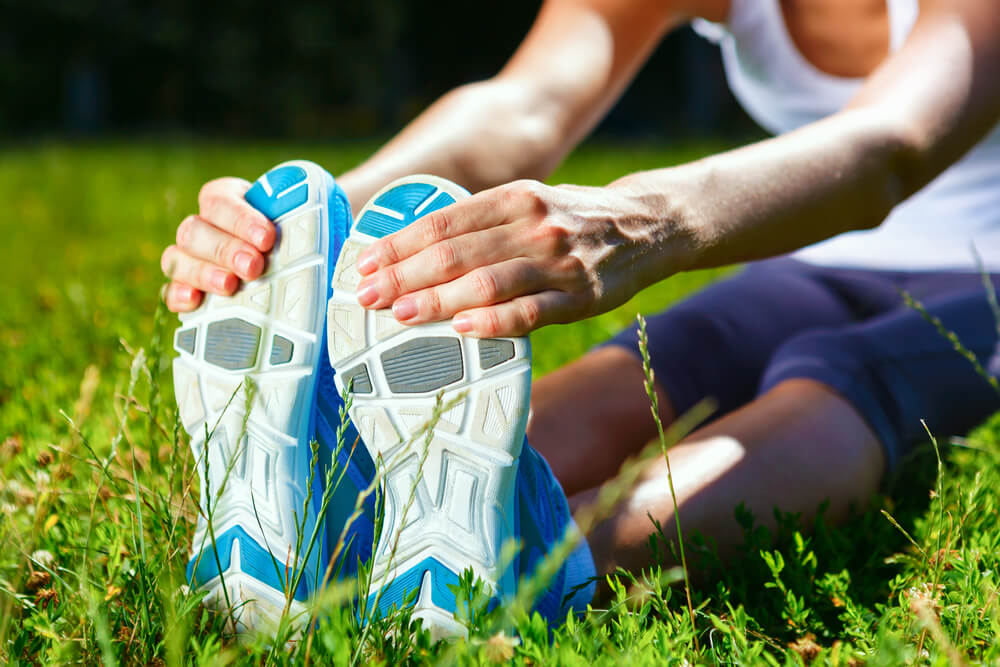Pounding the pavement. Most of us know this activity as running or jogging, and it’s one of the most common tools people use to build their physical fitness.
Research shows that about 60 million Americans ran, jogged or did trail running in 2017. Unfortunately, studies also report that about 50% of runners injure themselves every year. People looking to prevent running injuries can find many helpful tips, but there are five physical therapist-recommended tips that can be particularly helpful.
Top five tips physical therapists recommend for preventing running injuries
Physical therapists see many patients every year that have some sort of running injury. That’s not surprising since this activity places repetitive stress on the feet, legs, knees, hips, back and core. Physical therapy can be very helpful for people who have injured themselves while running. Even better, therapists can also help you learn how to prevent running injuries in the first place.
Here are five of the top tips physical therapists recommend for preventing running injuries:
- Strengthen your muscles — Many muscles are involved in running. The glutes and core stabilize the pelvis and legs as they move. Muscles in the feet and ankles help provide a solid foundation as your feet land. However, a weakness in any of the muscles involved in running increases the stress placed on all the others. Physical therapists can show you specific strengthening techniques to address your weak muscles.
- Don’t skip your warmup — Like a fine-tuned engine, muscles work best when they’re warmed up first. A physical therapist can help you develop a personalized warmup routine.
- Avoid overstriding — Overstriding occurs when the foot lands well ahead of the knee as you’re running, and it can increase the bodily wear and tear that running causes. A physical therapist can perform a running gait analysis to determine if you’re overstriding.
- Wear supportive shoes — Shoes that are old and worn out lose much of their supportive benefits. Adding supportive insoles could help increase the support provided by old shoes. Replacing old shoes with new ones is also an effective option.
- Don’t push too hard too soon — Beginning runners or those who haven’t run in a while should ease into this activity gradually. It can be tempting to do a lot of running right away. However, doing so may not give your body time to adjust, which can increase your risk of injury.
Is preventing running injuries something you’re interested in? SSOR can help
You don’t have to look far to find a physical therapy team that can help prevent running injuries. Our team at SSOR is willing and able to help you. We offer complimentary screenings and running gait analysis designed to reveal issues with your running mechanics. Our therapists can then create a personalized therapy plan intended to improve your running and reduce your risk of injury.
Currently, we’re also offering virtual care and at-home therapy. With these services, you can get help from our therapists without even leaving your home, and you don’t need a doctor’s referral to use any of the services we offer.
Contact us today for more information about our services or to schedule an initial appointment.

